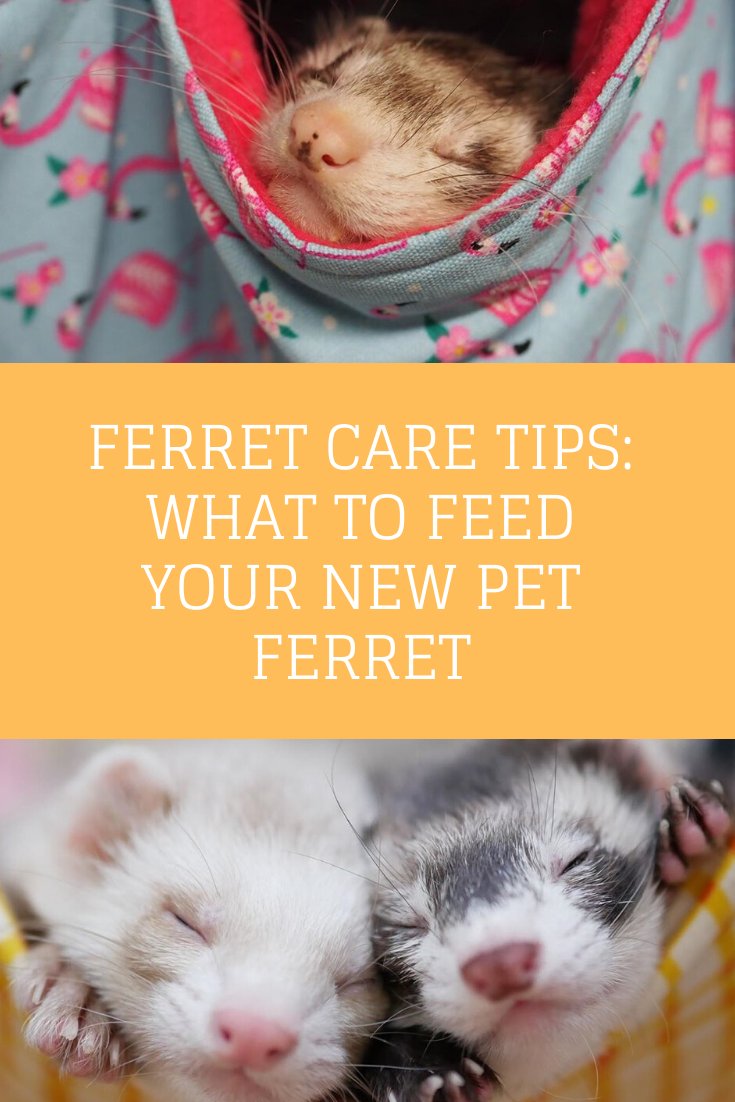
Taking care of a ferret isn’t just about providing food and shelter. It’s a blend of understanding their unique behavior, ensuring they get the right nutrition, and maintaining a space they can thrive in. If you’re thinking about bringing one of these adorable pets into your life, or if you already have a cinnamon ferret, let’s dig into the essentials of their care—almost like we’re sharing tips over a cup of coffee!
The Right Diet for Your Cinnamon Ferret
Feeding a cinnamon ferret isn’t just tossing some food in a bowl and calling it a day. These little guys are obligate carnivores, meaning they need a meat-based diet. Think of it like feeding a tiny lion; they need protein to stay strong and healthy. The right ferret food should have at least 30% protein and 15-20% fat. Brands like *Marshall* or *Wysong* are often recommended and specifically designed for ferrets.
You might be wondering about fresh food options. While it’s great to add variety, be cautious! Ferrets have sensitive stomachs. Small amounts of cooked chicken or turkey as treats can be a way to mix things up. Just remember to avoid anything that might be harmful, like chocolate, onions, or anything with sugar.
Here’s a quick list of good and bad food options for your ferret:
- Good Foods:
- High-quality ferret kibble
- Raw or cooked meats (chicken, turkey)
- Ferret-friendly treats
- Bad Foods:
- Fruits and vegetables
- Grains and fillers
- Dairy products
Feeding your ferret the right diet is crucial since their digestive systems are quite different from other pets. If you’re ever in doubt, consulting with a vet who specializes in exotic pets can provide guidance tailored to your little friend’s needs.
Creating the Perfect Home for Your Ferret
Housing your cinnamon ferret is all about comfort and stimulation. Ferrets are playful creatures that thrive in environments where they can explore and play. A large ferret cage is a must—ideally one that’s at least 3 feet tall, with multiple levels for climbing. You can think of it like a multi-story playground! It’s also essential to line the bottom with soft bedding, like fleece or towel material, which can be easily washed.
Within their living space, providing plenty of enriching toys is important. Ferrets love to dig, hide, and explore. Think about adding tunnels, hammocks, and even small boxes to give them places to burrow and play. Just like a toddler, a bored ferret can get into trouble, finding ways to entertain itself that might not be safe.
Here are some tips to make their home cozy:
- Use a large, safe cage with multiple levels.
- Include hiding spots and toys for stimulation.
- Maintain a clean environment—spot clean daily and deep clean weekly.
- Keep the cage in a quiet area away from extreme temperatures.
Setting up their space thoughtfully will help your cinnamon ferret feel safe and happy, allowing their natural curiosity to flourish.
Understanding Ferret Health Basics
Just like with any pet, keeping an eye on your cinnamon ferret’s health is critical. Ferrets have a lifespan of around 6 to 10 years, and during that time, they can be susceptible to specific health issues. Common concerns include adrenal gland disease, insulinoma, and dental issues. Early detection of problems is key, so regular vet check-ups are essential.
You might be wondering how to spot health issues in your ferret. Look for changes in behavior—like lethargy, changes in eating habits, or noticeable weight loss. Pay attention to their coat; a dull or greasy fur could indicate health problems.
Another crucial part of their health is vaccination and parasite prevention. Ferrets should be vaccinated against rabies and distemper. Talk with your vet about the vaccination schedule and any other preventative care your ferret might need.
Here’s a simple checklist for keeping your ferret healthy:
- Schedule regular vet check-ups.
- Watch for behavioral changes or signs of illness.
- Keep their living environment clean to prevent infections.
- Discuss vaccinations and preventive care with your vet.
By staying vigilant and proactive about your ferret’s health, you’ll be giving them the best chance at a long, happy life.
Grooming Tips for Your Cinnamon Ferret
You might be surprised to learn that ferrets require grooming, especially those with longer fur. Regular brushing can help prevent matting and keep their coat shiny. A soft-bristle brush works well for this, and you should be doing it about once a week.
Bathing is another aspect of grooming, but here’s the thing: ferrets don’t actually need frequent baths. Their skin can dry out easily, and too many baths can lead to skin issues. Instead, you can use a damp cloth to wipe them down. If they get especially dirty or smelly, a bath with ferret-safe shampoo once every few months is usually sufficient.
When grooming, make it a fun bonding experience. Let them explore a bit while you brush, and reward them with treats afterward. This way, grooming becomes a positive part of their routine.
A quick list for grooming:
- Brush your ferret weekly to prevent mats.
- Limit baths to once every few months.
- Use ferret-specific grooming tools and shampoos.
- Make grooming a fun activity with treats and play.
Taking the time to groom your cinnamon ferret will not only keep their coat looking great but also strengthen your bond with them.
Socializing and Training Your Ferret
Socialization is a big part of caring for a cinnamon ferret. Ferrets are highly social animals that enjoy the company of their humans and other ferrets. It’s essential to spend time playing and interacting with them daily. Let’s be honest; if you’re not engaging with your ferret, they might become bored and mischievous!
Training your ferret may sound challenging, but with patience, it can be rewarding. Start with basic commands, using treats as motivation. You can teach them to come when called or even to do tricks. Consistency is key here; the more you practice, the more they’ll learn.
Having a playtime routine can also help them thrive. Setting aside a time each day for free play outside of their cage can stimulate their minds and bodies. Just like kids, they need that outlet to burn off energy!
Here are some tips for socializing and training:
- Spend time daily interacting and playing.
- Use treats to encourage learning and commands.
- Establish a routine for playtime outside the cage.
- Socialize them with other ferrets if possible.
By engaging your ferret regularly, you’re not just meeting their social needs; you’re also enriching their lives and strengthening your bond.
Final Thoughts on Caring for Your Cinnamon Ferret
Caring for a cinnamon ferret can be an incredibly rewarding experience. They offer a unique blend of companionship, playfulness, and even a bit of mischief. Just remember that their care involves more than just cute antics. It’s about ensuring they have a balanced diet, a safe and stimulating home, and good health.
As you embark on this journey with your ferret, keep in mind that each little creature has its own personality and quirks—so be patient and observant. With the right care and love, you’ll create many joyful moments together. Your cinnamon ferret will not only thrive but maybe even bring a bit of cinnamon spice into your life!

